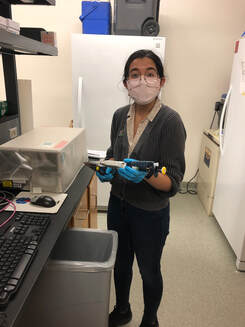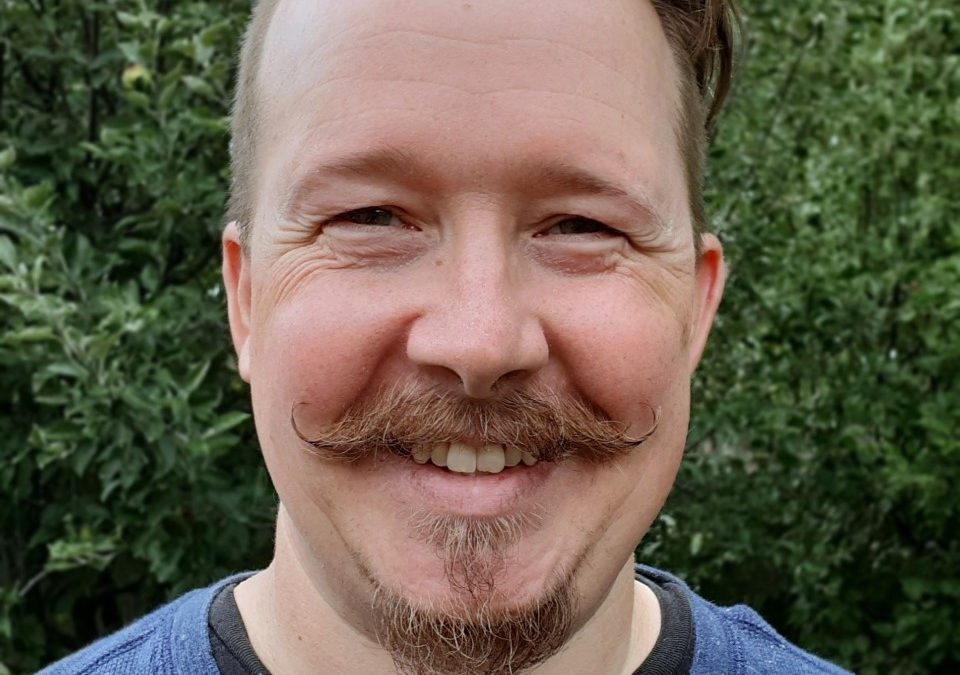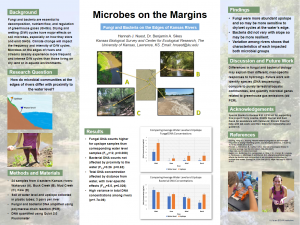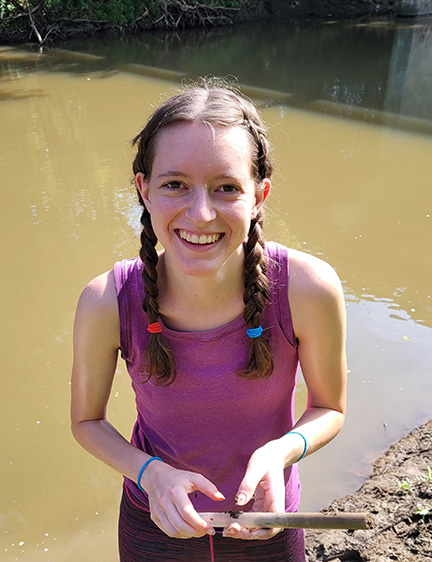
by Claudia Bode | Dec 14, 2021 | News, Undergrads
To University of Kansas junior Hannah Reid, fungi are more than just mushrooms, molds, or yeast. They are a source of inspiration that became the focus of a research project supported by Kansas NSF EPSCoR. For 10 weeks of summer 2021 Hannah got the chance to...

by Claudia Bode | Dec 14, 2021 | News, Undergrads
Diana Diaz had never traveled from her home in Florida before coming to Kansas in summer 2021. But when she heard about an opportunity to do research during the summer at Kansas State University, she jumped on it. She was one of 10 students supported by Kansas NSF...

by Claudia Bode | Dec 14, 2021 | News, Undergrads
While we tend to think of college students as young adults fresh out of high school, many students do not fit this mold. In fact, most do not. Three-quarters of college students are older than 25, balancing school with family life and work. Justin Oettle from...

by Claudia Bode | Dec 14, 2021 | News, Undergrads
The muddy banks of Kansas rivers are home to all sorts of bacteria and fungi. But little is known about how microbes at the water’s edge endure a habitat with endless cycles of soaking and drying. Hannah Nuest, University of Kansas (KU) senior from Hutchinson, Kansas,...

by Claudia Bode | Dec 14, 2021 | News, Undergrads
Ten undergraduates were supported by Kansas NSF EPSCoR last summer to conduct research at four universities across the state. Their projects were all different but related in some way to microbes—the tiny life forms that are too small to see without a microscope but...






